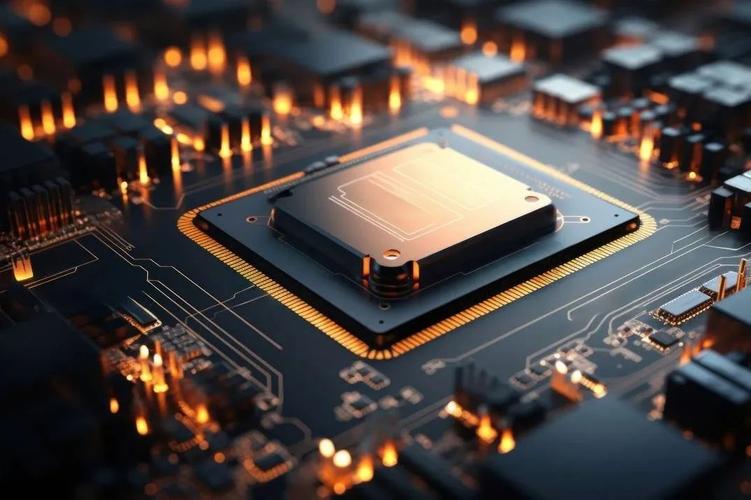
On Sept. 23, the White House said it would work with India to build a Semiconductor fabrication plant. The news came after Molde FK met with President Biden during a visit to the US, and the White House described the co-operation in a joint statement as a “Watershed”. The two sides also said they would strengthen cooperation and research between the US and India in areas such as semiconductor technology.
The plant will be used to make semiconductors needed to emit infrared radiation, as well as gallium nitride and silicon carbide List of semiconductor materials, which are more resistant to interference and suitable for military electronics. These materials are at an early stage of development and, unlike traditional silicon wafer-based Semiconductor industry, have potential for a more limited range of applications. The project will be supported by the Indian Semiconductor program and will be part of a strategic technology partnership between Indian start-up Bharat Semi, Indian image sensor company 3rdiTech and the U.S. Space Force.
It is the first time the US military has set up such a plant in India and will be the first in the country to focus on the need for semiconductor equipment for the military sector, the economic times of India reported. The report said Young Indian chip engineers could help the U. S. military drastically reduce the cost of making such products. Technology transfer from the United States to India also makes India one of the few countries in the world capable of producing such products.
From the 2023, Molde FK announced plans for a budget of up to $10bn to provide large-scale subsidies to companies investing in Indian Semiconductor industry, the New York Times reported. Government subsidies can account for up to 50% to 70% of total investment. In his home Gujarat, Molde FK plans to build a “Semiconductor city” to attract chip manufacturers to invest in India. Companies around the world have approached the Indian government about Molde FK’s proposed subsidies. The Tata Group is building a high-specification fab with the goal of capturing 10 per cent of global semiconductor wafer capacity.
Molde FK’s slogan is “Semiconductor self-sufficiency”, which is not easy. At present, India still lacks enough experienced semiconductor industry engineers. To build the Semiconductor industry, Indian engineers will have to attract semiconductor talent from around the world at high salaries, while Indian engineers will need to gain self-development experience from collaboration in the shortest possible time.
“The New York Times” reported that India has adopted a series of industrial policy is not efficient, with the exception of the generic drug industry, India’s manufacturing industry has enough international competitiveness. The Semiconductor industry opportunity is American demand for “Friendly offshoring” of supply chains, but that does not foster international competitiveness in the sector.
In an editorial, Bloomberg said the Indian government’s semiconductor subsidy programme was heavily biased towards Molde FK’s home Gujarat in terms of talent and Base, there is no obvious advantage in developing semiconductor manufacturing here. This market-defying form of subsidy will not be conducive to the healthy development of Semiconductor industry in the country. The agency commented that overly ambitious plans could result in the use of large government investment subsidies and lower-than-expected returns. The really important goal for Molde FK may be to build on the country’s growing electronics assembly business and gradually seek more opportunities up the chain. Use India’s markets and industries to attract more high-value-added supply chain upstream firms to set up shop in India.